Dogs are naturally curious creatures and will often explore their environment by tasting, sniffing or even eating anything that catches their attention. While some of the things they find may be harmless, others can be dangerous—including snowberries! Are snowberries poisonous to dogs?

It’s an important question for pet owners to ask before allowing their furry friends access to this popular berry. In this blog post we’ll look at types of snowberries and how toxic each type is, what effects it has on a dog’s health if eaten and safety tips for feeding your pup these delicious berries.
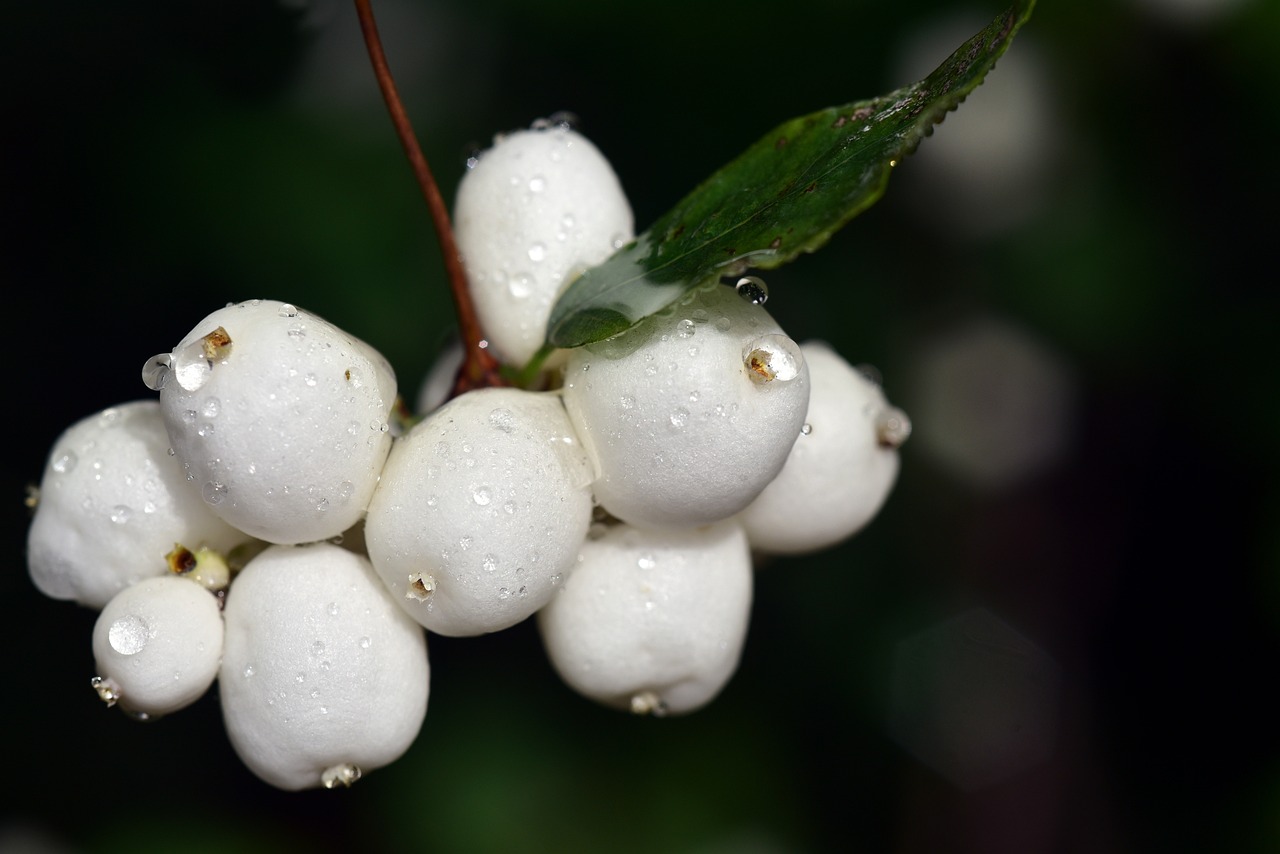
Table of Contents:
- Are Snowberries Poisonous to Dogs?
- Types of Snowberries and Their Toxicity Levels
- Effects of Eating Snowberries on Dogs’ Health
- Safety Tips for Feeding Your Dog Snowberries
- FAQs in Relation to Are Snowberries Poisonous to Dogs
- Conclusion
Are Snowberries Poisonous to Dogs?

What are Snowberries?
Snowberries are a type of berry that grows in many parts of the world. They have white or pale pink flowers and small, round berries with a sweet taste. The leaves of snowberry plants can also be eaten, but they have an unpleasant flavor. While some people enjoy eating these berries, it is important to remember that they may be toxic to dogs if ingested.
Are Snowberries Toxic to Dogs?

Yes, snowberries can be toxic for dogs if ingested in large quantities. Ingesting even a few snowberry leaves or berries can cause gastrointestinal upset such as vomiting and diarrhea in dogs. If too much is consumed, more serious symptoms such as seizures or respiratory distress may occur. It is best to keep your dog away from any areas where there are wild snowberry plants growing so that they do not accidentally ingest them while out on walks or playing outdoors.
Symptoms of Snowberry Poisoning in Dogs

The most common symptom associated with ingestion of snowberries by dogs is vomiting and/or diarrhea due to the plant’s high levels of tannins which irritate the stomach lining when digested by animals like cats and dogs. Other symptoms include loss of appetite, lethargy, weakness, drooling and abdominal pain or discomfort due to inflammation caused by the tannins present in the plant’s leaves and fruits. In severe cases seizures may occur due to neurological damage caused by consuming large amounts of this poisonous plants material over time..
Treatment for Snowberry Poisoning in Dogs

If you suspect your dog has eaten any part of a snowberry plant, then contact your veterinarian immediately for advice on how best to treat them depending on their individual situation (e.g., size and weight). Treatment typically induce vomiting followed by administration of activated charcoal which binds toxins within its porous structure before being excreted from the dog’s body via feces; intravenous fluids may also be administered depending on severity level and other factors determined during physical examination at a vet clinic or hospital setting.
Prevention Of Snowberry Poisoning In Dogs

The best way to prevent poisoning from occurring is simply avoiding contact with this potentially dangerous plant altogether – keeping pets away from areas where wild specimens grow and ensuring all cultivated varieties remain inaccessible (i.e. behind fences, etc.). Additionally, owners should take extra care when walking their canine companions near wooded areas known to contain these types of extremely poisonous shrubs/trees – always keeping pet leashed and under close supervision at all times.
Snowberries can be toxic to dogs, depending on the type of berry and the amount ingested. It is important to identify different types of snowberries in order to determine their toxicity levels and prevent poisoning. Next we will look at the types of snowberries and their toxicity levels.
Types of Snowberries and Their Toxicity Levels
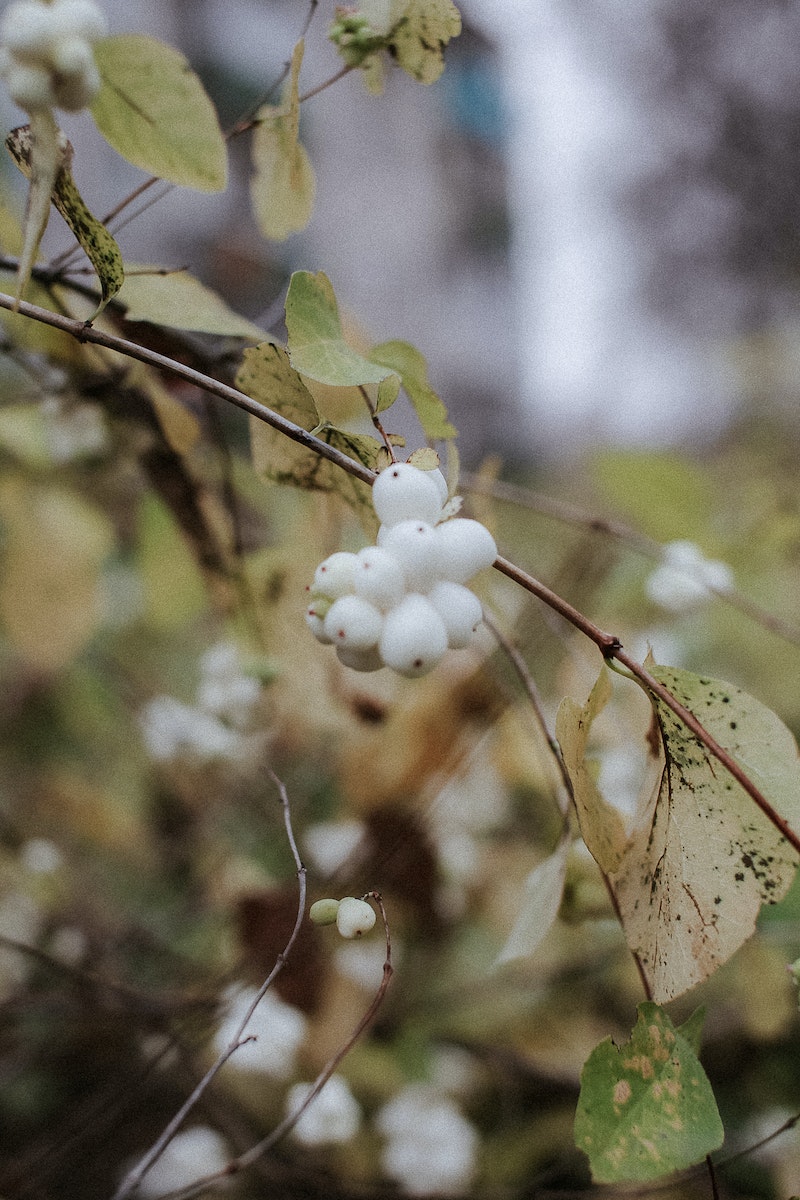
Snowberries are a type of plant that can be found in many parts of the world. They are often used as ornamental plants and for medicinal purposes, but they can also be mildly toxic to animals if ingested. It is important to know which types of snowberries are poisonous and how to identify them so you can keep your pet safe.
Common Types of Snowberries: There are several different species of snowberry, including Symphoricarpos albus (common snowberry), Symphoricarpos occidentalis (western snowberry), and Symphoricarpos mollis (creeping snowberry). All three varieties have pink or white berries that look like small clusters of grapes. The leaves on these plants vary from greenish-gray to dark green depending on the variety.
Toxicity Levels Of Different Types Of Snowberries: While all three varieties contain toxins, some species contain more than others. Common snowberry has the highest toxicity level while western and creeping snowberries have lower levels. Symptoms may range from mild gastrointestinal upset such as vomiting or diarrhea to more serious issues such as seizures or even death in extreme cases if enough is consumed by an animal.
If you suspect your pet has eaten any type of snowberry, it is important to identify what kind it was so you can determine its toxicity level and take appropriate action if necessary. The easiest way to do this is by looking at the shape and color of the berries; common snowberry has rounder berries with white centers surrounded by pink edges while western and creeping varieties have smaller, oval-shaped berries with darker colors ranging from purple-black to deep reds or blues depending on the variety.
Additionally, common snowberry typically grows in clumps while western and creeping varieties tend to spread out over larger areas due their trailing stems that root at nodes along their length when touching soil. Finally, all three types will produce five-petaled flowers during certain times throughout spring into summer months which further helps distinguish between them since each flower varies slightly in size/shape based on its particular species.
In conclusion, understanding which types of snowberry plants exist around your home or property is key for keeping pets safe from potential poisoning incidents should they ingest any part of these potentially dangerous plants. By knowing how to differentiate between them through visual cues such as leaf shape and color, berry size and color, and flower structure, you will be better equipped to handle any possible situation where one might come into contact with a poisonous variety.
Effects of Eating Snowberries on Dogs’ Health
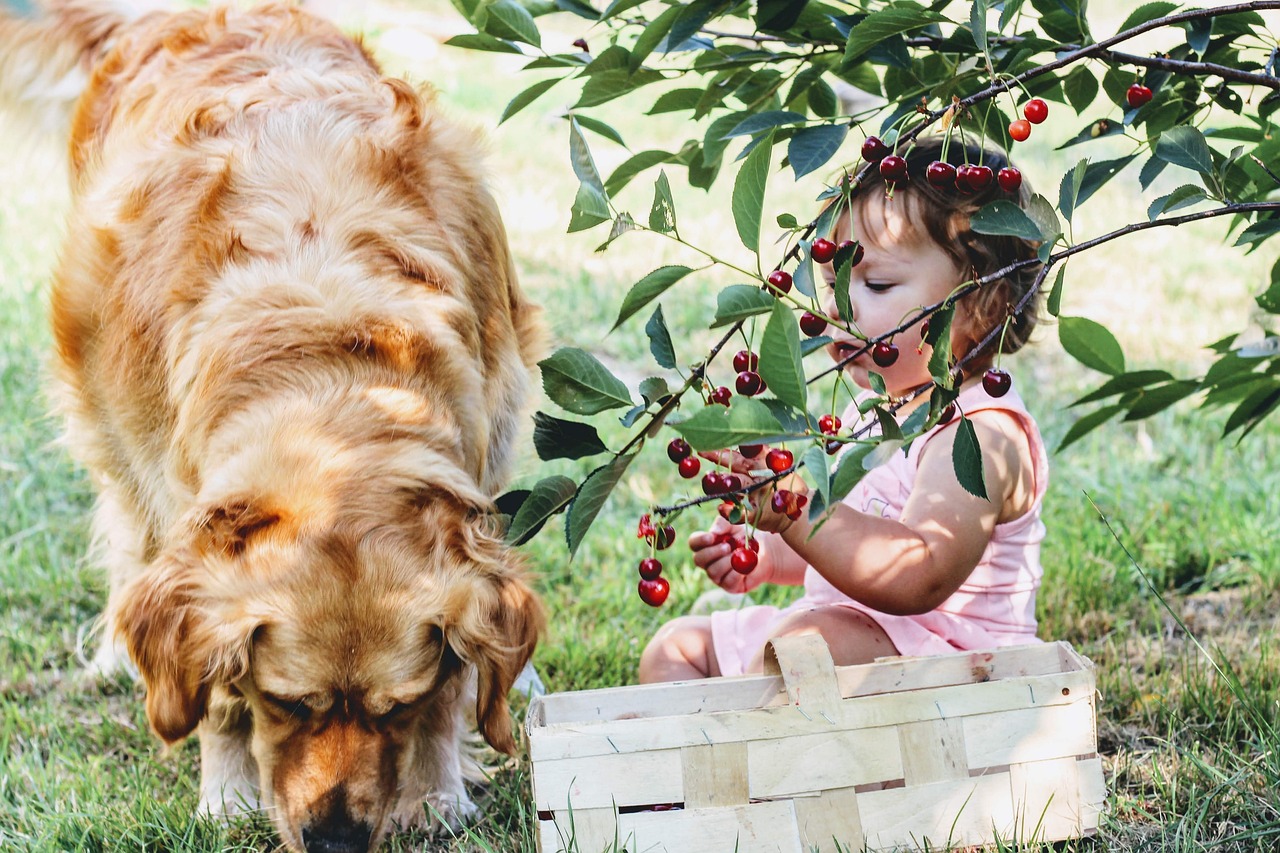
While snowberries may offer some nutritional benefits, it is important to understand the potential risks associated with feeding them to your pet.
Nutritional Benefits and Risks Associated with Eating Snowberries
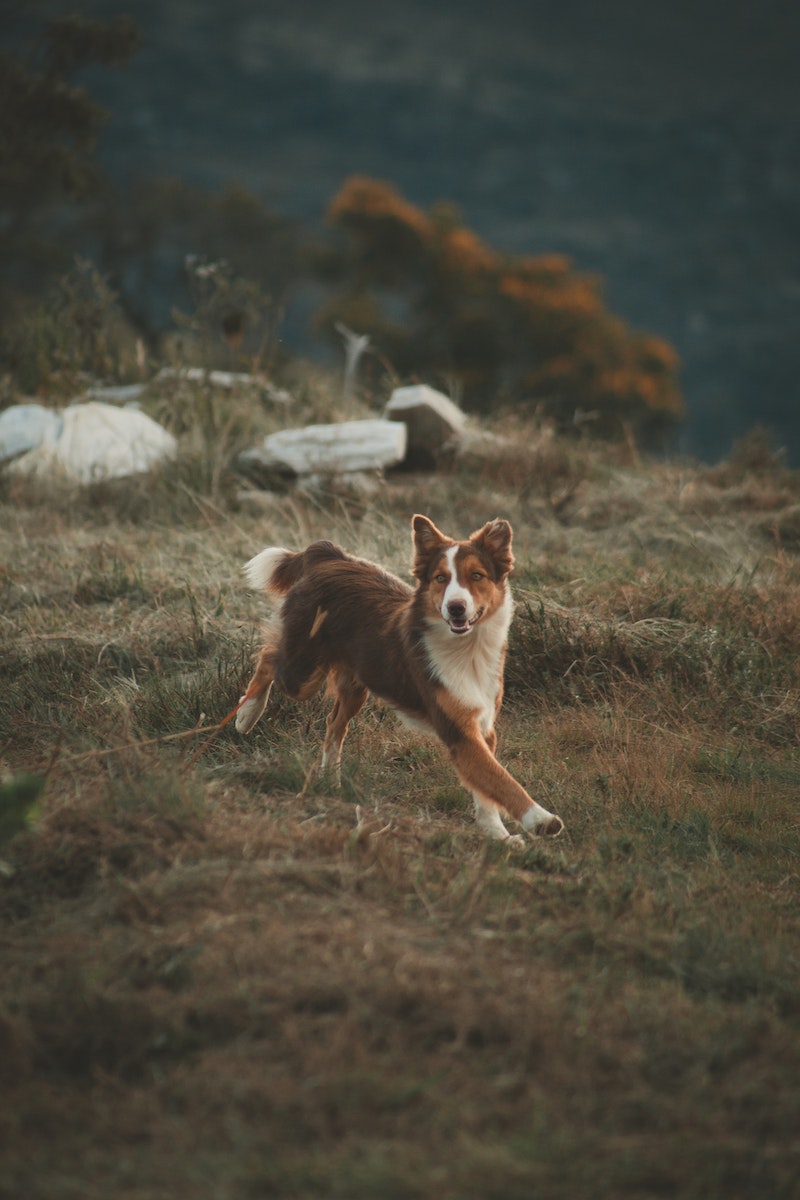
Snowberries contain high levels of antioxidants, vitamins A and C, iron, calcium, magnesium, potassium and fiber. These nutrients can help boost your dog’s immune system and provide essential minerals for overall health. However, they also contain oxalates which can cause digestive upset if consumed in large amounts or by animals who are sensitive to them.
Potential Side Effects from Eating Too Many Snowberries

Eating too many snowberries could lead to gastrointestinal issues such as vomiting or diarrhea due to their oxalate content. Additionally, overconsumption could lead to an upset stomach or even pancreatitis in extreme cases. It is important not to feed your dog more than one cup of snowberry per day unless instructed otherwise by a veterinarian.
Long-Term Health Risks from Eating Too Many Snowberries
Safety Tips for Feeding Your Dog Snowberries

While snowberries may have some nutritional benefits, they also contain toxins that can be harmful to dogs if ingested in large quantities. It is important for pet owners to understand the potential risks associated with feeding their dog snowberries so they can make an informed decision about whether or not it is safe for their pet.
How Much is Too Much? The amount of snowberries your dog should eat depends on its size, age, and health condition. Generally speaking, it’s best to limit your dog’s intake of snowberries to no more than one-quarter cup per day. Eating too many snowberries could lead to digestive upset or even poisoning in extreme cases.
Proper Storage and Preparation Tips for Feeding Your Dog Safely: If you decide to feed your dog raw or cooked snowberries, make sure you store them properly before serving them up as treats. Raw berries should always be kept refrigerated until ready for use; cooked berries should also be stored in a cool place away from direct sunlight or heat sources like stoves or ovens.
When preparing raw berries for consumption, rinse them thoroughly under cold running water before giving them to your pup – this will help remove any dirt and debris that may have accumulated on the surface of the fruit during harvesting process. Additionally, avoid adding sugar or other sweeteners when cooking up these tasty treats as this could potentially increase the risk of toxicity if consumed in large amounts over time.
If you don’t feel comfortable feeding your pup raw or cooked fruits such as snowberry due to safety concerns, then there are plenty of other options available. These include freeze-dried versions which retain much of their nutritional value while eliminating any potential risks associated with eating fresh produce items like these types of berries straight off the snowberry bushes. You could also try offering up alternative healthy snacks such as carrot sticks instead; however, not all vegetables are suitable for canine consumption so it is important to do some research beforehand.
In conclusion, understanding how much is too much when it comes to feeding your pup snowberry treats along with proper storage and preparation tips will help ensure everyone stays safe during snack time. There are also alternatives available if you would rather skip out on serving up fresh produce altogether; just remember whatever route you choose always keep an eye out for signs of toxicity such as vomiting or diarrhea after ingestion so swift action can be taken if necessary.
FAQs in Relation to Are Snowberries Poisonous to Dogs

What plant berries are poisonous to dogs?

Many other plants and berries can be poisonous to dogs if ingested. Some of the most dangerous include yew, mistletoe, foxglove, nightshade, rhubarb leaves and oleander. In addition, many types of berries are toxic to dogs including holly berries, elderberries and pokeweed berries. It is important for pet owners to research any plant life or fruits that may be in their yard before allowing their dog access to them. If you suspect your dog has eaten something potentially poisonous contact your veterinarian immediately for advice on how best to proceed.
What happens if you eat a snowberry?

Snowberries are not safe for human consumption. Eating them can cause vomiting, nausea, abdominal pain and diarrhea. In some cases, they may also lead to allergic reactions or even anaphylaxis in people with allergies. If you have eaten a snowberry, seek medical attention immediately as it could be potentially dangerous. It is best to avoid eating snowberries and instead enjoy them from a distance.
Do animals eat Snowberries?
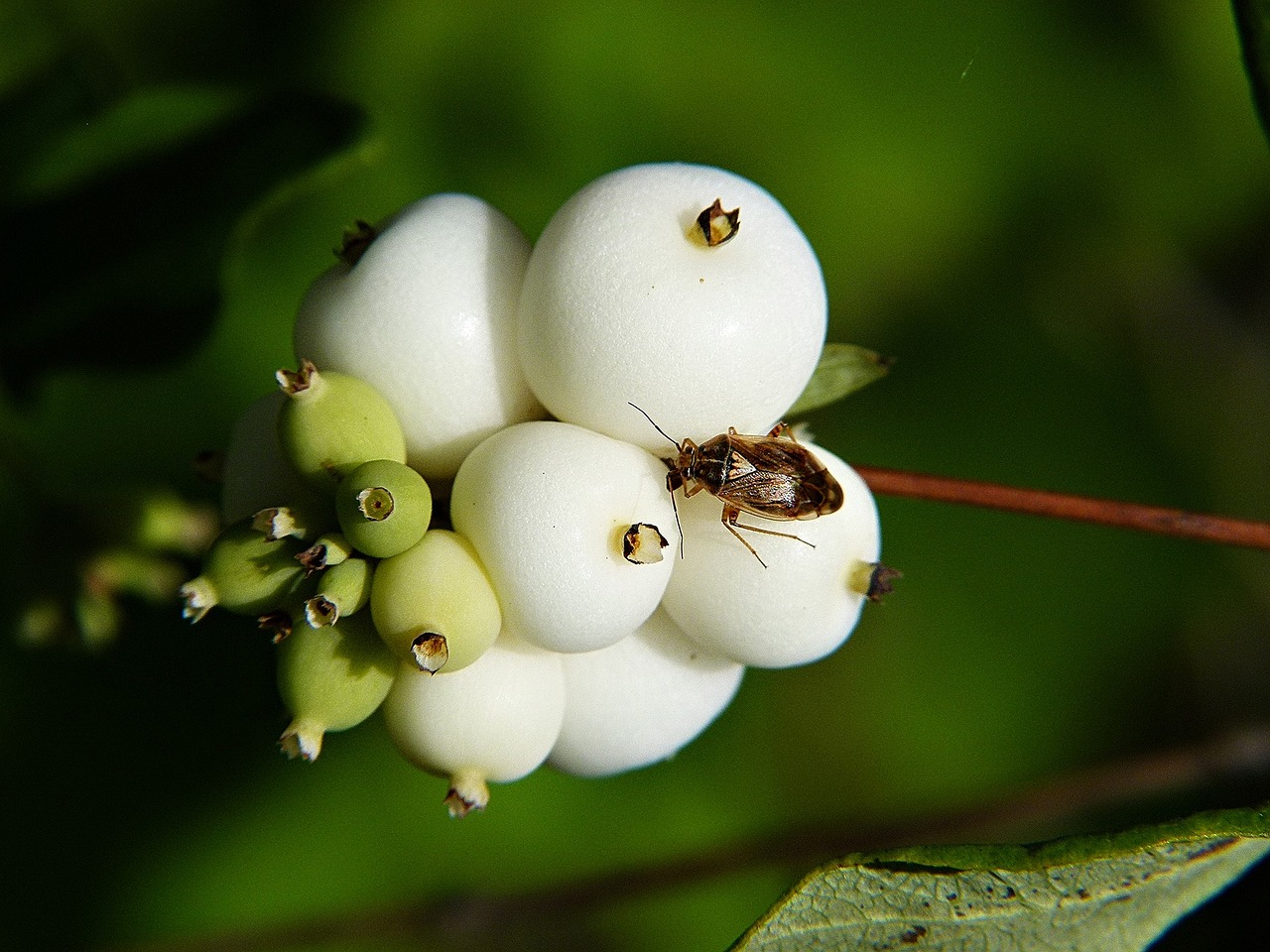
Yes, animals can eat snowberries. Many species of birds and mammals enjoy the sweet taste of this berry. Some cats and dogs may even find them irresistible. Snowberries are a safe snack for pets as long as they are not eaten in large quantities or too often. They contain small amounts of vitamins A, C, E, K, B6 and folate which can be beneficial to an animal’s diet. However, it is important to remember that moderation is key when feeding any type of treat to your pet.
What happens if a dog eats a poisonous berry?

If a dog eats a poisonous berry, it can cause serious health issues. Symptoms may include vomiting, diarrhea, abdominal pain and difficulty breathing. If left untreated, the poisoning can be fatal. It is important to seek immediate veterinary care if you suspect your pet has ingested something poisonous or have toxic compound. Treatment will depend on the type of poison consumed and how much was eaten but could involve inducing vomiting, administering activated charcoal or other medications to counteract the toxin’s effects.
Conclusion

In conclusion, it is important to remember that snowberries can be poisonous to dogs if eaten in large quantities. While some types of snowberries may not cause any harm when ingested, others can be highly toxic and even fatal for your pet. If you are considering feeding your dog snowberries, it is best to do so with caution and only after consulting with a veterinarian or other animal health professional. Remember: when in doubt about whether or not something is safe for your pup, the answer is always no! Are snowberries poisonous to dogs? It depends on the type of berry and how much they consume – so take extra care before giving them a snack.
Are you worried that snowberries may be poisonous to your dog? Don’t worry, AltPet.net has the answers! We provide comprehensive information on pet health and safety so you can make sure your furry friend stays safe and healthy. With our help, you’ll know exactly what is or isn’t safe for them to eat. Visit us today at AltPet.net for all of your pet-related questions!

